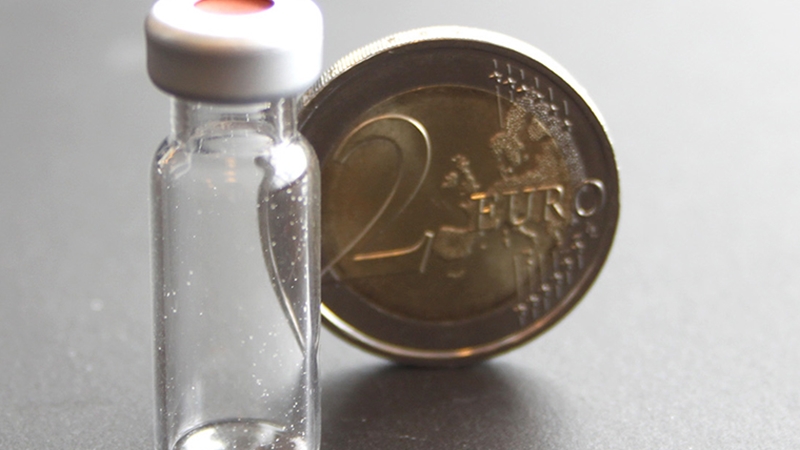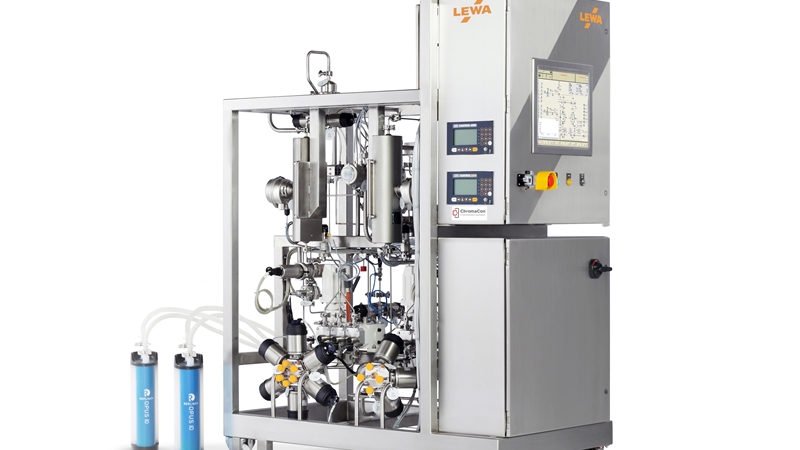Pharma manufacturing often leans towards traditional and well-proven processes. But new products and new regulations encourage more innovation - found in new technologies such as continuous processing solutions.
Modern pharmaceutical production demands the flexibility to produce small and medium-sized outputs to match the market need for a higher variety of products. In this Venn diagram of production, continuous processing finds its niche by offering high production stability and a high degree of product control, combined with the capability to produce small and medium-sized outputs.
Currently there are only a few commercial approvals of continuous manufacturing facilities of drug products, and interestingly, the applications are for both existing and new products. However there are several signs that continuous manufacturing is likely to be the next major step in oral solid dosage (OSD) manufacturing. And as OSD production is still the most commonly used in pharmaceutical manufacturing facilities, continuous manufacturing technology could face a bright future.
There are several signs that continuous manufacturing is likely to be the next major step in oral solid dosage (OSD) manufacturing."
Since most of the traditional blockbuster OSD products are now off-patent, and new OSD products are typically for smaller volumes, there is a demand for a new generation of highly flexible manufacturing set-ups that are ideal for continuous processes.
Saving space in a GMP environment
The pharmaceutical industry has always been based on batch manufacturing. However, batch systems require a lot of units, process rooms and square metres. In contrast, continuous processes require an approximate room ratio of only 1:4 square metres, and new compact systems increase products’ reproducibility, demand less space and are more flexible. Clearly there is a lot to gain.
Additionally, new compact systems require less support equipment, less intermediate handling and less intermediate storage between process steps - drastically changing the style of facilities for continuous manufacturing. Continuous manufacturing can also reduce both GMP footprint and the technical area space. Batch production on the other hand is typically suited to large volume mono-productions or old existing products, where re-registering, product development and new formulation would be too costly.
More and more equipment manufacturers are developing continuous production equipment. There is also an increase in the size of continuous lines that make continuous processes possible for large volume production in the long run. Currently, systems are available with up to 200 kg/hr, but systems with an estimated ideal batch size of 400 kg/hr are expected to reach the market soon.
Faster to market with continuous manufacturing development
Data shows that new products developed using continuous manufacturing are not only faster to market but also cheaper, as they consume significantly less of the activate pharmaceutical ingredient (API) for development – typically only 10% compared with a batch trial setup.
However, this is only part of the equation. In fact, there are many advantages of the new generation of continuous processing solutions, including:
- Fully closed processes
- Small GMP footprint
- Reduced technical area
- Reduced intermediate storage space and low inventory
- High automation level based on process analytical technology (PAT) and process modelling
- Low variability of products high yield
- Low operating cost and low capital cost
- Faster to market
- Lower development costs from reduction of quantity of active pharmaceutical ingredients (API)
- Reduced scale-up between labs, development and production areas
- Flexibility in production/supply size (by adjustment of manufacturing time)
- Consistent and high-quality drug products
- Increased process control with PAT


